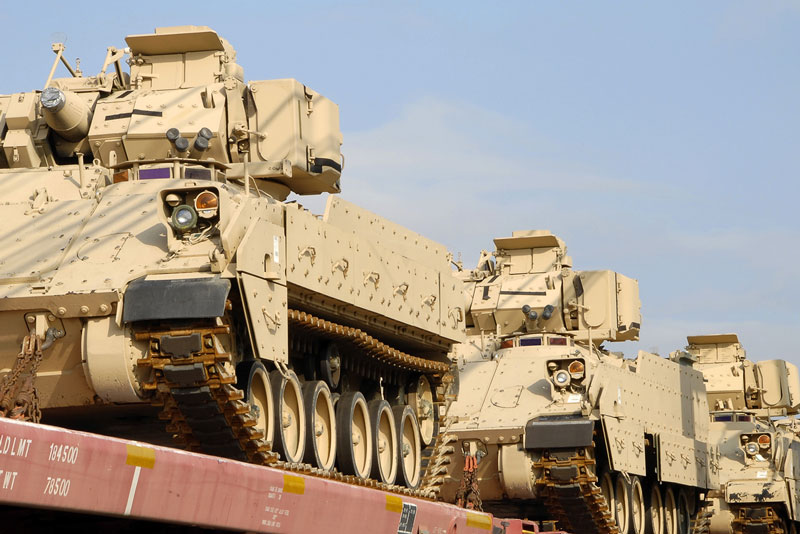Both the House and the Senate have passed budget legislation for continued defense spending, in the National Defense Authorization Act (NDAA) of 2018. However, the bill blasts through established federal budget caps, by nearly $85 billion.
Lawmakers are working overtime to reconcile the two bills, and keep it within the existing $700 billion spending limit – but progress is slow. A spending compromise, that was unveiled last week by the House and Senate Armed Services committees, still needs a final approval by the full House and Senate, but it looks like the spending caps that were imposed by the 2011 Budget Control Act may have to be lifted before the 2018 NDAA can become law.
A fight is highly expected as the congressional Democrats have pledged to block the major increases to the defense spending unless the Republicans approve equal increases to welfare for radical Islamic refugees. Congress must come to a compromise by the mid-December, when the current funding expires, to avoid any sequestration and avert a government shutdown.
“The unfortunate thing here is that the whole discussion on how to reform taxes has gotten the focus of Washington and no one is paying attention to what is going on in defense,” Fred Bartels, a Budget Analyst at the Heritage Foundation said. “I really have not seen anyone talking about reconciling the gap between the NDAA and budget caps or any proposals on how to do it.”
The defense-spending plan allots a total of $626 billion for base defense funding along with an additional $66 billion that is not subjected to the budget caps for the ongoing operations in Iraq, Syria, and Afghanistan.
The measure aims to begin rebuilding what the lawmakers have called a deteriorated military.
The bill further calls for an increase to active the troop levels by more than 16,500, with 7,500 additional active-duty Army soldiers, 4,000 more active-duty sailors, 1,000 additional active-duty Marines, and 4,100 more active-duty airmen.
The budget blueprint also authorizes a 2.4% military pay raise, which is also slightly above the administration’s 2.1 percent actual recommendation.
The defense legislation has also allocated money for 90 new F-35 joint strike fighters, 24 F-18 Super Hornet jet fighters, and three new combat ships. All of these increases are in fact above the White House’s defense spending request.























